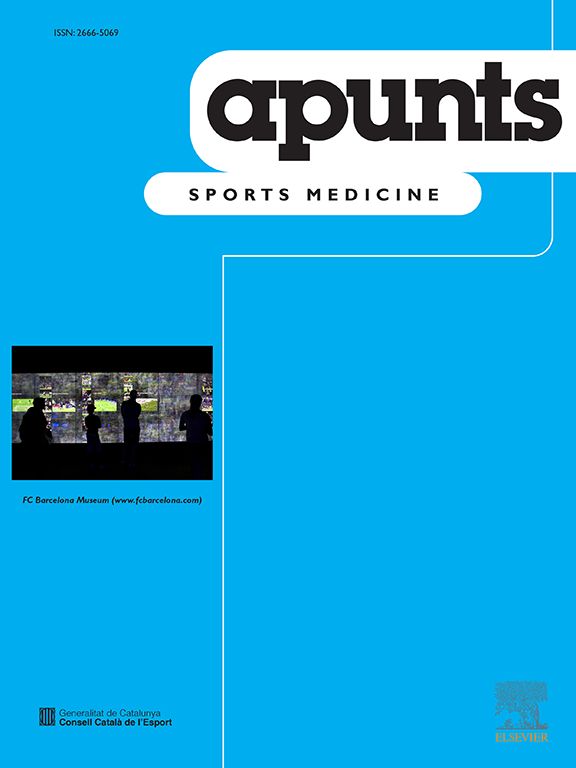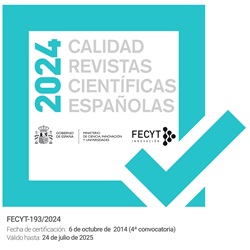Regenerative training is very important for trainers and athletes as it could avoid problems of overreaching or overtraining, as well as improve performance. Thus, the aim of this study was to evaluate the effect of a high intensity training protocol combined with recovery sessions on biochemical and performance parameters in amateur cyclists. A total of 15 male cyclists with a mean age of 36.18±5.30 years were assigned to one of three groups: regenerative-plus (RP): high intensity training (EII) with low intensity training (50% VO2max) and antioxidant supplements; regenerative (R): EII with low intensity training to 50% VO2max; control (C): rest. They performed an EII combined with low intensity recovery sessions for 20 days. Several biochemical parameters (bicarbonate [HCO3], lactate [La], pH and partial pressure of carbon dioxide [PCO2]) and performance parameters (maximum power [Pmax], aerobic capacity [RA] and maximum uptake oxygen [VO2max]) were measured before and after applying the protocol. Significant increases were observed in the maximum power with no differences between the different situations. No significant changes were seen in the endurance or VO2max in either group. As regards metabolic state, a lower lactate concentration (not significant) was observed after application of protocol in group RP. It may be concluded that this protocol with or without antioxidant supplements could be an option to assimilate particular training loads.
The Impact Factor measures the average number of citations received in a particular year by papers published in the journal during the two preceding years.
© Clarivate Analytics, Journal Citation Reports 2025
SRJ is a prestige metric based on the idea that not all citations are the same. SJR uses a similar algorithm as the Google page rank; it provides a quantitative and qualitative measure of the journal's impact.
See moreSNIP measures contextual citation impact by wighting citations based on the total number of citations in a subject field.
See more




